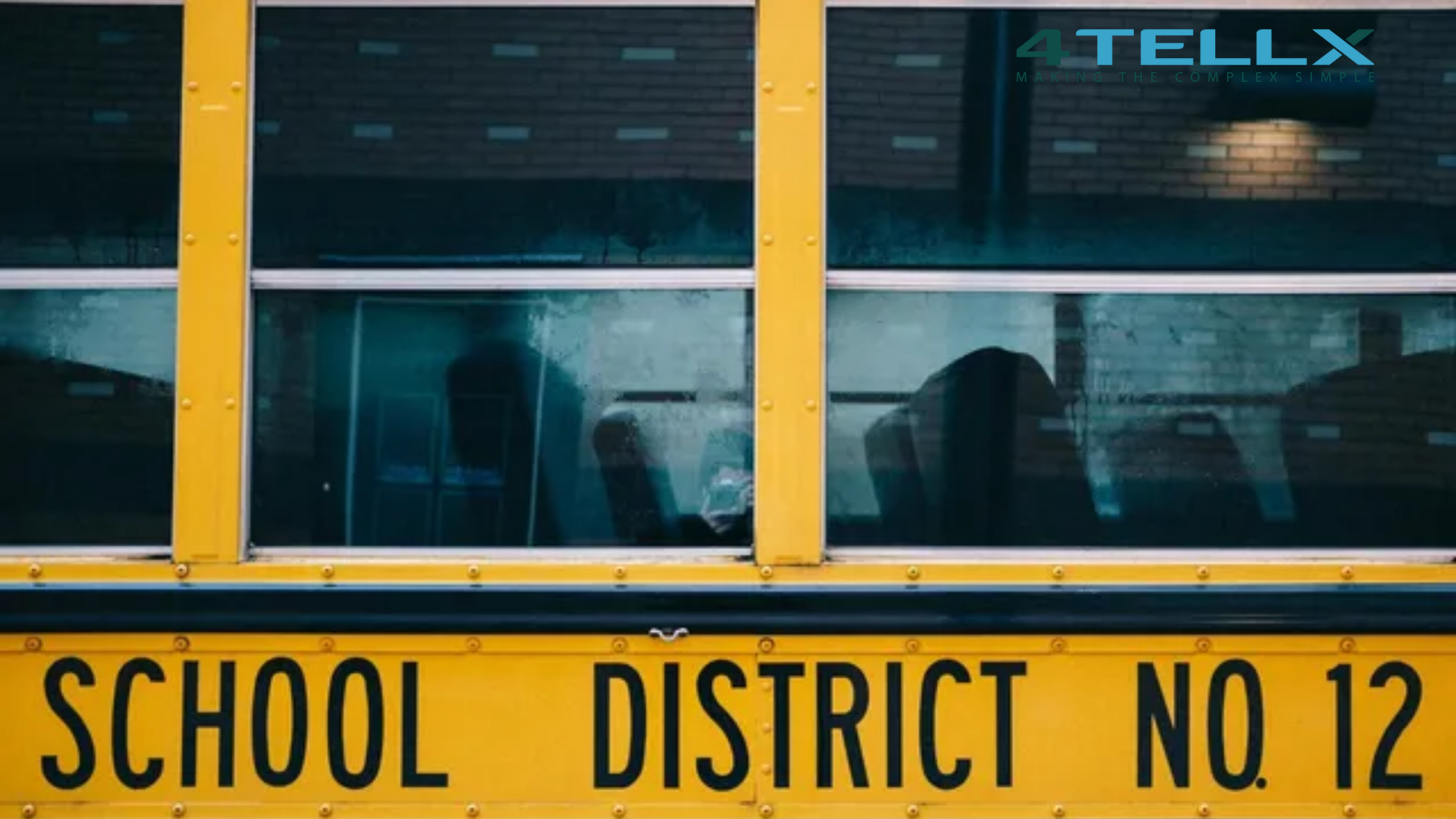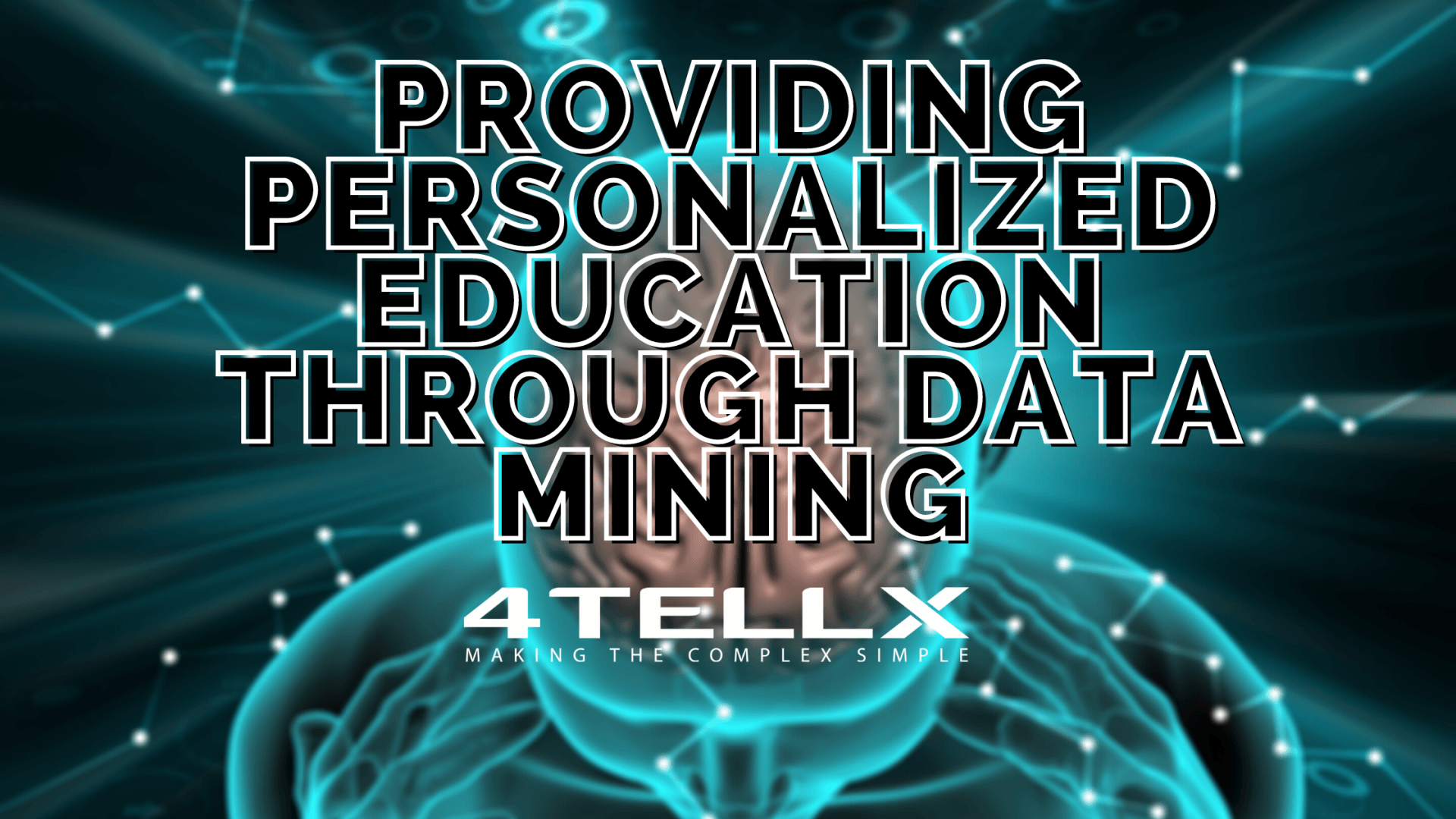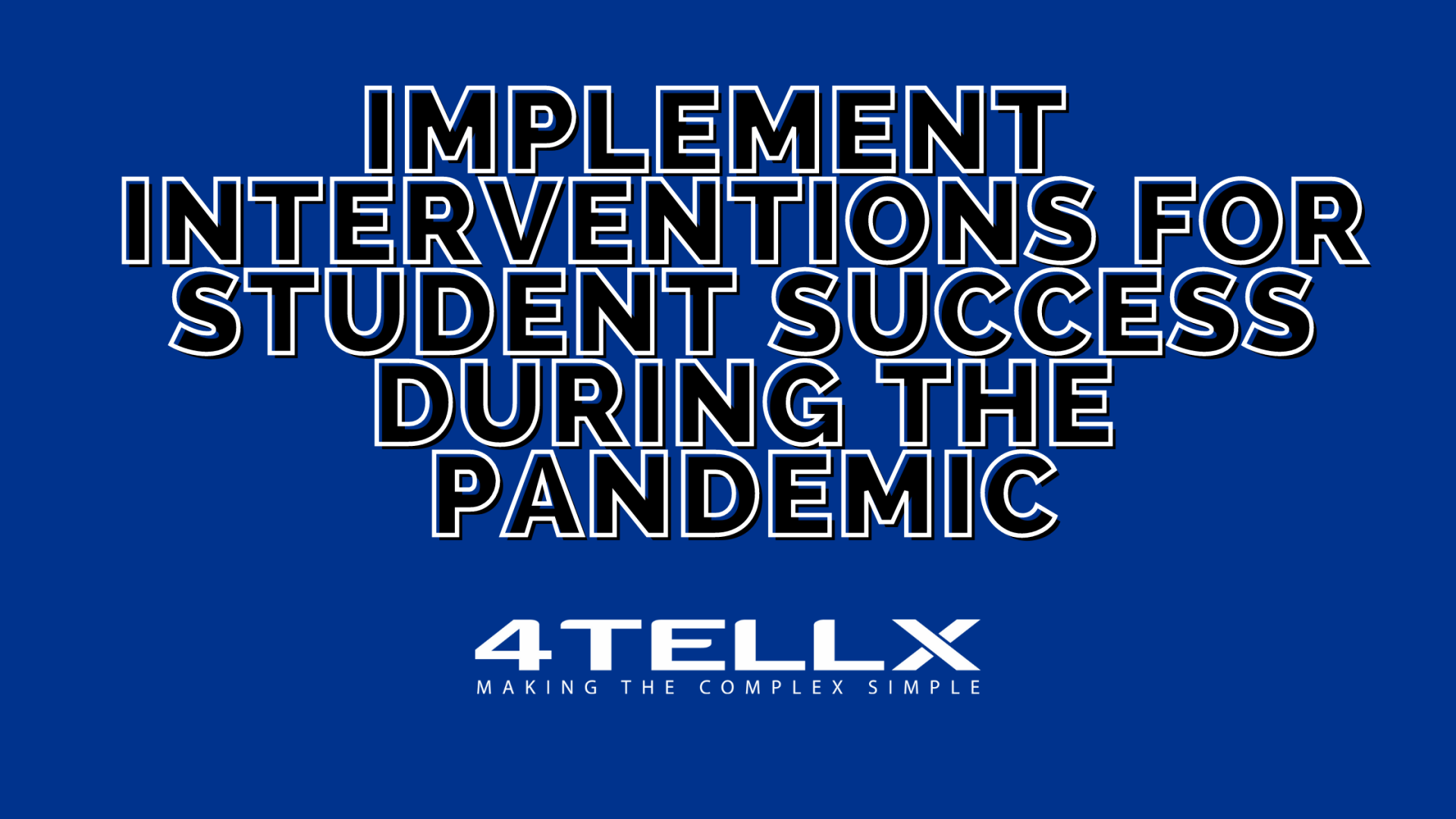White Paper: What Educators Don’t Know, And Why It Costs Them Billions of Dollars Each Year
How predictive analytics has the power to reduce spending and improve outcomes for educational organizations.

Despite the vast amounts of data collected in education, each year we allow millions of students to fall through the cracks and not achieve their full potential. The data collected is not the issue; the issue is our inability to analyze large datasets and interpret the results. Statistical analysis conducted on spreadsheets is not adequate to analyze large volumes of data that reveal robust insights into instruction or institutional performance. If we do not bring improved data analysis tools into the education industry, as most other industries have already done, we will continue to solve performance goals the same way we have for the last one hundred years: hire more people. Instead, data should be used to remove the guesswork when designing interventions to ensure each student receives an optimized learning pathway that helps them achieve their maximum potential.
The field of predictive analytics uses complex statistical models to sort through multiple datasets to identify hidden trends that can be used to determine probabilities of various outcomes. The data models will bring innovative changes in education by combining multiple years of historical data with current student information to forecast probabilities of achieving goals established by the district or college. The discovery of hidden trends provides organization insight so educational leaders can improve operational efficiencies and generate superior student outcomes through a more targeted approach for students. Today, limited data tools force educators to administer a “one-size-fits-all” practice as they place the data analysis workload on administrators and teachers them to construct their own analysis and conclusions. This tactic requires educators to constantly use trial-and-error approaches which can waste resources and frequently do not deliver the expected results. Conversely, predictive analytics uses sophisticated data models based on the Bayesian probability, and a Kernel approach further enables predictive models to use sophisticated and high dimensional data such as complete history of courses experienced, history of teachers, similarity of economic environments, and spatial proximity to make probability projections of goal attainment across large groups of students and/or each single student. These modern statistical approaches will help school districts and colleges vastly improve the operational efficiency of their systems, improve the student performance, and provide them with a competitive advantage over organizations who rely on antiquated data practices.
Contact us to learn more!
“The role of predictive analytics in education is to provide system-wide analysis and optimize each institution's ability to deliver a world-class education to its students”
White Paper Request Form




